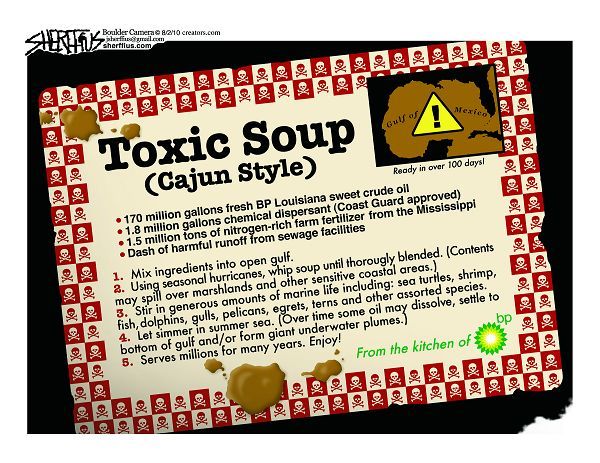This is your morning Open Thread. Pour a cup of your favorite morning beverage and review the past and comment on the future.
August 24 is the 236th day of the year (237th in leap years) in the Gregorian calendar. There are 129 days remaining until the end of the year.
 On this day in 79 A.D., Mount Vesuvius erupted burying the cities of Pompeii and Herculaneum in nearly thirty feet of ash and pumice. The toxic gases killed at least 2200 people who remained in Pompeii after the evacuation.
On this day in 79 A.D., Mount Vesuvius erupted burying the cities of Pompeii and Herculaneum in nearly thirty feet of ash and pumice. The toxic gases killed at least 2200 people who remained in Pompeii after the evacuation.
After centuries of dormancy, Mount Vesuvius erupts in southern Italy, devastating the prosperous Roman cities of Pompeii and Herculaneum and killing thousands. The cities, buried under a thick layer of volcanic material and mud, were never rebuilt and largely forgotten in the course of history. In the 18th century, Pompeii and Herculaneum were rediscovered and excavated, providing an unprecedented archaeological record of the everyday life of an ancient civilization, startlingly preserved in sudden death.
At noon on August 24, 79 A.D., this pleasure and prosperity came to an end when the peak of Mount Vesuvius exploded, propelling a 10-mile mushroom cloud of ash and pumice into the stratosphere. For the next 12 hours, volcanic ash and a hail of pumice stones up to 3 inches in diameter showered Pompeii, forcing the city’s occupants to flee in terror. Some 2,000 people stayed in Pompeii, holed up in cellars or stone structures, hoping to wait out the eruption.
A westerly wind protected Herculaneum from the initial stage of the eruption, but then a giant cloud of hot ash and gas surged down the western flank of Vesuvius, engulfing the city and burning or asphyxiating all who remained. This lethal cloud was followed by a flood of volcanic mud and rock, burying the city.
The people who remained in Pompeii were killed on the morning of August 25 when a cloud of toxic gas poured into the city, suffocating all that remained. A flow of rock and ash followed, collapsing roofs and walls and burying the dead.
Plaster Citizens of Pompeii

Those that did not flee the city of Pompeii in August of 79 AD were doomed. Buried for 1700 years under 30 feet of mud and ash and reduced by the centuries to skeletons, they remained entombed until excavations in the early 1800s.
As excavators continued to uncovered human remains, they noticed that the skeletons were surrounded by voids in the compacted ash. By carefully pouring plaster of Paris into the spaces, the final poses, clothing, and faces of the last residents of Pompeii came to life.
n the only known eye witness account to the eruption, Pliny the Younger reported on his uncle’s ill-fated foray into the thick of the ash from Misenum, on the north end of the bay:
“. . .the buildings were now shaking with violent shocks, and seemed to be swaying to and fro as if they were torn from their foundations. Outside, on the other hand, there was the danger of failing pumice stones, even though these were light and porous; however, after comparing the risks they chose the latter. In my uncle’s case one reason outweighed the other, but for the others it was a choice of fears. As a protection against falling objects they put pillows on their heads tied down with cloths. ”
And then:
“You could hear the shrieks of women, the wailing of infants, and the shouting of men; some were calling their parents, others their children or their wives, trying to recognize them by their voices. People bewailed their own fate or that of their relatives, and there were some who prayed for death in their terror of dying. Many besought the aid of the gods, but still more imagined there were no gods left, and that the universe was plunged into eternal darkness for evermore.”
 Mitch McConnell on Sunday’s “Meet the Press’: “The President says he’s a Christian” I take him at his word”.
Mitch McConnell on Sunday’s “Meet the Press’: “The President says he’s a Christian” I take him at his word”.

 On this day in 79 A.D.,
On this day in 79 A.D., 

Recent Comments